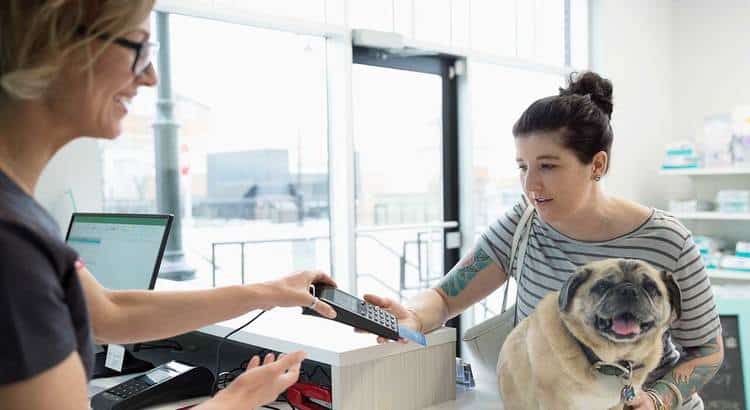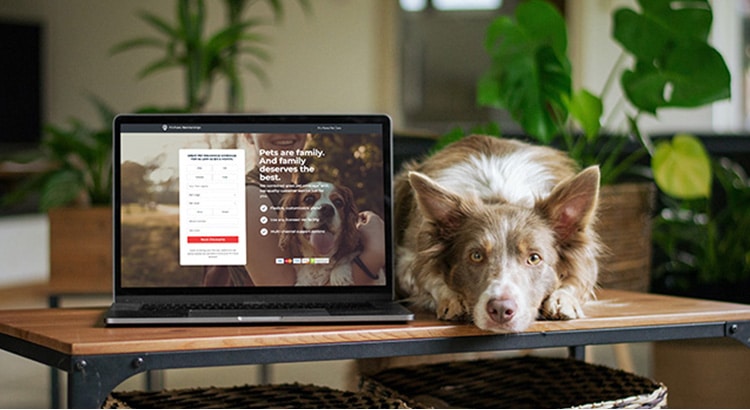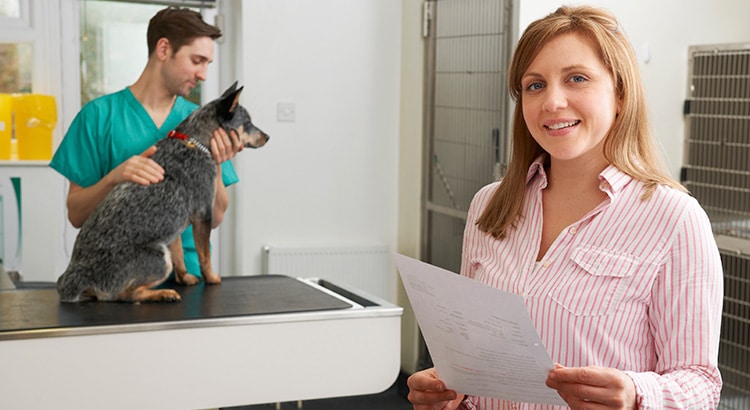
A recent report was published taking a look at the cost of pet healthcare for 2018. One of the main questions posed was:
- Veterinary care IS medical care. Veterinarians spend the same amount of time and money ($200,000) on vet school as do doctors on medical school. However, veterinarians must learn about 10 different species and be the radiologists, ophthalmologists, surgeons, dentists, psychiatrists and grief counselors. Medical doctors learn about one species and refer out to specialists.
- Veterinary staff is generally the biggest expense for most veterinary clinic owners. Think of all the bodies it takes to run a clinic: fellow veterinarians, credentialed vet techs, receptionists, kennel attendants, and other employees.
- The companionship and pet-owner relationship has continued to evolve. As pets become increasingly important family members to their owners, the expectation in the quality of veterinary care rises. This means the vet must do more, charge more, and therefore pet parents are expected to pay more.
- Drug prices are steep. It’s not your imagination. The cost of pet meds is way more than it used to be. The pharmaceutical companies are catching on to just how much pet owners are willing to spend on medication. They have learned to price drugs not based on the cost of research and developing the drug, but as aggressive as they can.
- Equipment and supplies often come from the same companies human hospitals use. Therefore the cost of owning or renting these machines increases the costs of running a clinic. In the event your vet does not have in-house diagnostic equipment, you can expect to be referred to a specialist where the cost is likely to be higher.
- Many report it costs more to take their pet to the vet than to go to the doctor themselves. The reason is people who have their own health insurance do not see the full cost of human healthcare. They are likely to see their co-pay or deductible they are required to pay for human medical services. If you do not have medical insurance for your pet, you will see the full cost of their healthcare.
- Additional operating expenses to run a clinic must be considered as well. Rent, insurance, inventory, labs, leases, loans, diagnostic equipment, college debt, mortgages, continuing education to remain current in the veterinary field, etc.
- Budgeting for two wellness exams and a professional teeth cleaning for a dog or cat is a great idea. It’s much more difficult to prepare ahead of time if that pet becomes sick or injured, or has a life-threatening situation requiring emergency veterinarian care. This is another situation in which veterinary expenses can be expected to climb.
As veterinary practice owner Dr. Patty Khuly explains: “Whether the syringes, catheters, gauze sponges, endotracheal tubes and surgical equipment will be used on a Labrador Retriever, street cat, human adult or pediatric patient, the price is still the same.” Dr. Khuly says she spends over $20,000 a month to drug manufacturers and distributors.
How does an owner make the cost of veterinary care less expensive?
- Start by keeping your pet a healthy weight. An overweight pet is at risk for a laundry list of medical problems including osteoarthritis, type 2 diabetes, high blood pressure, heart and respiratory disease, kidney disease, cancer and more, which will cost you.
- Exercise your pet regularly. Do not run them to death over the weekend because you neglected them Monday thru Friday. This can be detrimental to their health. Pets need 30-minutes to two hours of exercise every day. Exercise is beneficial to pets as it decreases anxiety and destructive behaviors, wards off age-related diseases, and keeps them happy and healthy.
- See your veterinarian at least once a year for a wellness check-up. Also, pay attention to your pets’ behaviors, eating habits, and the way they move and play. If you notice any changes, schedule a visit with your veterinarian. There may be something going on that is not immediately seen by the naked eye and lab/blood testing may be necessary for a diagnosis. Getting a handle on things sooner than later is best and you can avoid a horrific vet bill down the road after a disease has progressed. Preventing disease is much more inexpensive than treating it.
- If your veterinarian is recommending a human medication, ask for a written prescription. You can usually get it filled with the generic medication for much cheaper at your local pharmacy. Be mindful of the medication and dose itself, as some vary between human and animal administration. Xylitol can cause seizures, hypoglycemia, liver failure and death in dogs. Be sure the medication you choose to give your dog is xylitol free.
- Many organizations, like the Humane Society and ASPCA, offer vaccination and spay/neuter events throughout the year. This helps to ensure low-cost pet care is available to the community. You can search your address online and see when pop-up clinics will be near your home.
- Pin Paws Plus and Pin Paws Pet Care each offer a whiskerDocs membership. If something happens to one of our pets, we are quick to jump in the car and rush them to the vet. This costs money. A step to precede this is to call whiskerDocs. They will determine if the situation is an emergency or if it is something that can be monitored without vet supervision. You could possibly save yourself the cost of a vet visit, rather during business hours, or at an emergency vet clinic after hours or on the weekend.
- It is okay to shop around for a veterinarian. Prices vary depending on location and the saturation or lack of veterinary offices. We offer a PetAssure membership with our Pin Paws Plus product which provides 25% of all services with in-network veterinarians. If you are in need of more affordable vet care, this membership sounds perfect for you.
- Consider Pin Paws Pet Care for your pet insurance needs. While wellness visits and preventatives are not covered, pet insurance can be very helpful in covering unexpected medical expenses. It is comparable to car maintenance. Your car requires oil changes, car washes, and tire rotations. Pets require wellness visits, flea and tick prevention, and heart guard. We have car insurance to cover accidents and we have pet insurance to cover illness.
Some reasons veterinary care is so expensive, and some way to make the cost of veterinary care less expensive have been explored. Visit Pin Paws to learn more about our Pin Paws Plus and Pin Paws Pet Care memberships and sign up.
* Pin Paws Pet Care is powered by MetLife effective 2021 with new plan options.




